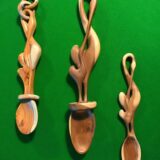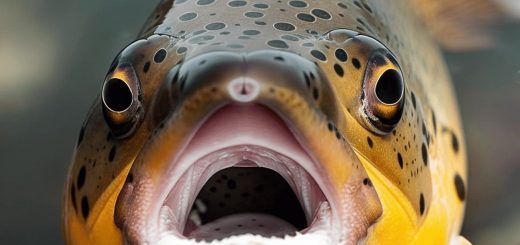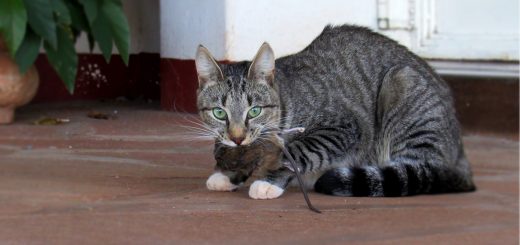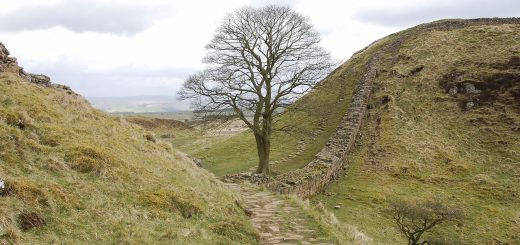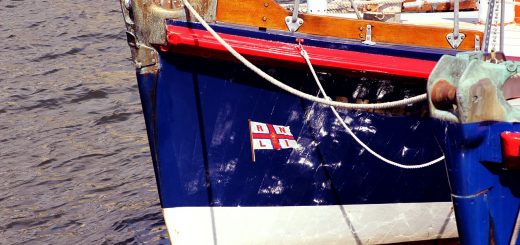Pirates of Wales

Image from Clker-free vector images at Pixabay
We recently missed International Talk like a Pirate Day.
How can that have happened, me hearties? And what can the swashbuckling characters of history with their mind-bogglingly bloody ways have to do with Wales?
Well, quite a lot as it happens. In the fifth century, ne’er-do-wells took the man who was to become St Patrick and sold him into slavery in Ireland, and the practice of pillaging and murdering on the high seas continued around the coast of wales well into the 18th century.
Yes, piracy hereabouts was in existence for centuries. We like to romanticise the pirate as a roguish hero involved in daring adventures. In reality, pirates were cruel, murderous and desperate men hellbent on torturing and thieving wherever the opportunity presented itself.
One of the earliest pirates from about 450, before his conversion to Christianity, was St Gwynllyw. In his original incarnation he was feared for bringing terror across the Bristol Channel with his murdering ways. After his conversion he was given the title of Patron Saint of Pirates.
In 1275, we find King Edward I of England hiring pirates to kidnap and hold to ransom Eleanor de Montfort on her journey from France to meet her future husband, Llywelyn ap Gruffudd. But Edward’s relationship with the pirates didn’t save him from regular attacks on his supply ships as he built his Welsh castles.
Then there was John Callis, the 16th-century pirate who made a base for himself at Angle and who terrorised the Bristol Channel until he met his end – by hanging – at Newport in the later part of that century.

Mysticsartdesign at Pixabay
Many of Wales’s sons were attracted to the life of plundering on the high seas. Farmer’s son Harri Morgan enjoyed a career in the Caribbean islands, perhaps attracted by a less rainy climate than his native land and gaining the governorship of Jamaica and an addiction to rum.
Lionel Wafer gave up being a ship’s surgeon in around 1679 to go a-raiding, only to find himself marooned on the Isthmus of Panama. When he returned to England, he wrote a book about his experiences.
A son of Milford Haven, Howell Davis, was a mate on a slaver when he turned to piracy. Following a mutiny he was made captain but his career was cut short only a year later by a bullet
Pembrokeshire’s own Black Bart, born John Roberts, also a mate on a slave ship, was recruited by Howell Davis and went on to capture around 500 ships before meeting his end off the coast of Africa.
Other pirates, such as John Evans and Robert Edwards, had their day until the Navy, becoming better organised and efficient, offered a deterrent. Then smuggling became the more profitable game.
Any pirates that you know of that we haven’t mentioned? We would be delighted to hear about them.










